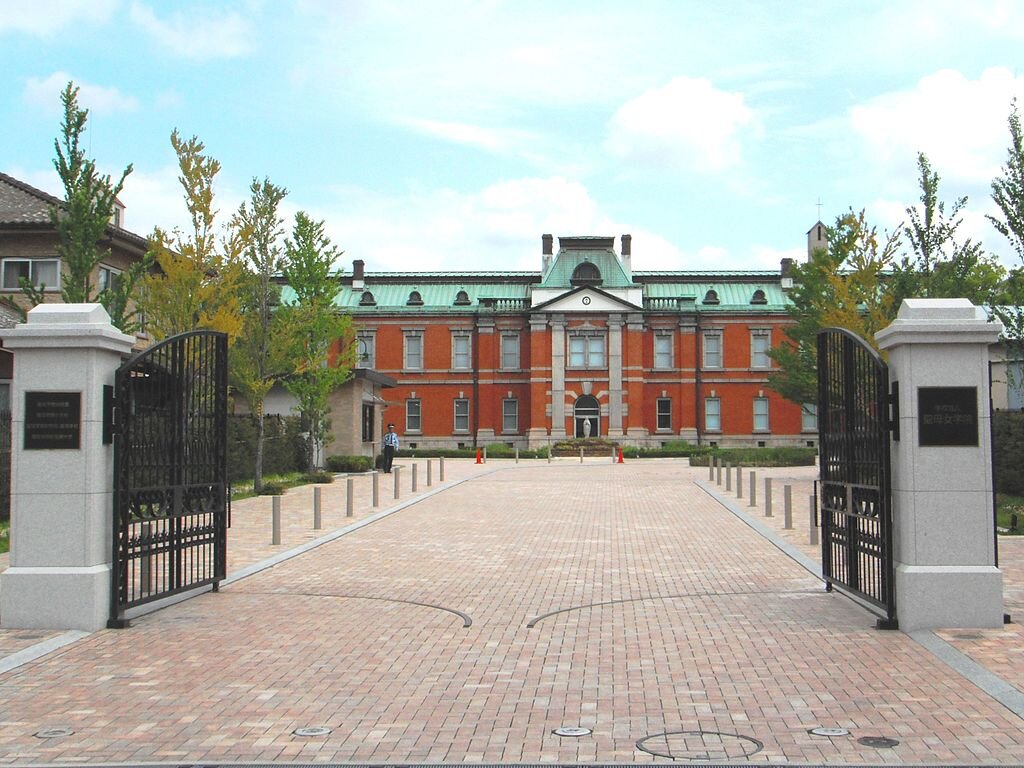Kyoto War Heritage
Emergence of Contestation: 1945
Members of the 16th Division of the Imperial Japanese Army stationed in Kyoto were sent out across the Asia-Pacific, linking various sites across the city to Japan's military past. This past and the associated sites, however, are conspicuously absent from Kyoto's tourism landscape, and remain a negative heritage, yet to be dealt with.
Kyoto's Contested Asia-Pacific War Heritage: Sites of the Army's 16th Division - Justin Aukema
Christian Sites of Nagasaki
Emergence of Contestation: 1600s, 2018
The Nagasaki region features a number of historic sites of hidden Christian worship. The sites serve both the goals of institutional tourism as internationally recognised Japanese heritage, and the narratives of local guides as sites of importance to rural folk culture. Neither narrative can be considered the dominant one.
World Heritage, Tourism, and Cultural Intimacy in Nagasaki - Raluca Mateoc
Hokkaido Jingu
Emergence of Contestation: 1869, 1895, 1945, 1949-1987
The Shinto shrines built over time along the expanding Imperial Japanese border carried different associations in different locations across varying points in time. While the shrines in Hokkaido retained a religious association even after the war and were linked to the pioneer narrative, in colonial Taiwan the shrines were primarily locations of patriotic worship of the dead, and, as they became set as secular after the war, they transformed into symbols of a multicultural Taiwan.
Desecration or Veneration: The Legacy of Shinto Shrines at the Borders of Imperial Japan - Karli Shimizu
Arahama Elementary School
Emergence of Contestation: 2011
In the wake of the March 2011 disasters in Tohoku, several remaining ruins have become sites of negative heritage. This site - an example of a successful evacuation - is being preserved as a monument to the importance of disaster preparation (BOSAI).
Framing Negative Heritage in Disaster Risk Education: School Memorials After 3.11 - Julia Gerster, Flavia Fulco








